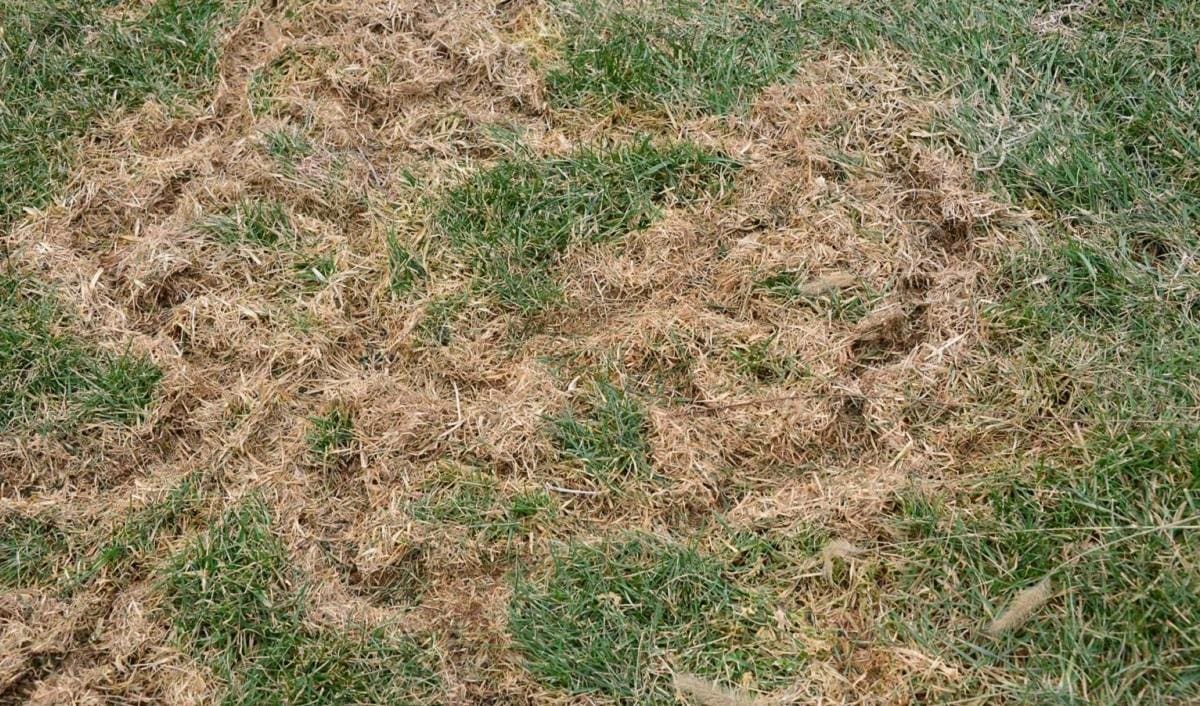
Photo: University of Maryland Extension
Voles go by many names including meadow mice, ground moles, and field mice. Call them what you want them, but regardless of the name, voles can leave some serious damage in their wake.
Voles can often be mistaken for moles, shrews and mice. They have rounded blunt snouts, pointed front teeth and their eyes and ears are mostly hidden by their fur. While mice have long tails almost half the length of their body, voles have short tails.
A number of different species can be found throughout North America. They do not hibernate and breed year-round with average litters sizes varying from 3 to 6 young. Vole populations tend to boom every three to five years, which can make the level of damage they cause to wax and wane as well.
Identifying Vole Damage
Voles eat up to 100 percent of their body weight in a day and like to eat plants, roots, grasses, tree bark, fruit and nuts. They can cause extensive damage to trees and shrubs by gnawing on the bark. These can be distinguished from other animals by the irregular pattern of teeth marks that are 1/16 to 1/8-inch wide.
They tend to prefer the bark of young trees, but will also feed on mature trees if food is scarce.
Voles also create runways systems throughout yards. These grassless depressions are 1 to 2 inches wide and appear like mini ditches that lead to burrow openings. Signs of their activity are most visible in the late winter or early spring as the snow melts and their crisscrossing trails are exposed.
Some species of voles create underground tunnels and their damage is not as easy to spot. Signs of these voles include spongy ground from the tunnels and if trees are looking sickly or off-color this could be due to underground girdling.
While the vole runways may be unsightly in the yard, rarely is the damage permanent. Raking, fertilizing and watering the affected areas in the spring can help these runways disappear as turfgrass growth ramps up.
Preventing Vole Damage
The control methods for voles will vary based on the population size your clients are dealing with. In some years, they may go virtually unnoticed making a response unnecessary.
Habitat modification is the first option to consider if dealing with voles. Remove woodpiles and other debris that can serve as hiding places. Also, keep tall grasses and weeds trimmed back from young trees. If your customer has bird feeders, suggest removing them or keeping the ground very clean as fallen seeds can provide voles a free lunch.
For smaller populations, exclusion or trapping may be the best option. Wire guards can prevent damage to smaller trees and shrubs. They should be large enough to allow for five years of growth and buried four to six inches deep to keep the voles from burying under the guard. As far as trapping, standard mouse snap traps baited with peanut butter set near burrow openings or along runways should work.
Larger populations may call for the usage of repellents or pesticides. Repellents containing thiram, a fungicide, or capsaicin, the ingredient that makes chili peppers hot, can be used but the effectiveness is debated. Repellents should not be used as the only method of vole control. They should be applied early on to prevent a feeding pattern from developing.
Most pesticides for voles can only be used by certified pesticide applicators. Voles are a prime food source of many predators such as snakes, owls, foxes, and hawks. It’s important to utilize exclusion boxes that protect non-target wildlife and prevent secondary predator poisoning.
Zinc phosphide is the toxicant most commonly used to control voles. It is best to use baits during the fall before snow cover arrives. Applications of bait during the spring after snow melts are typically ineffective.

